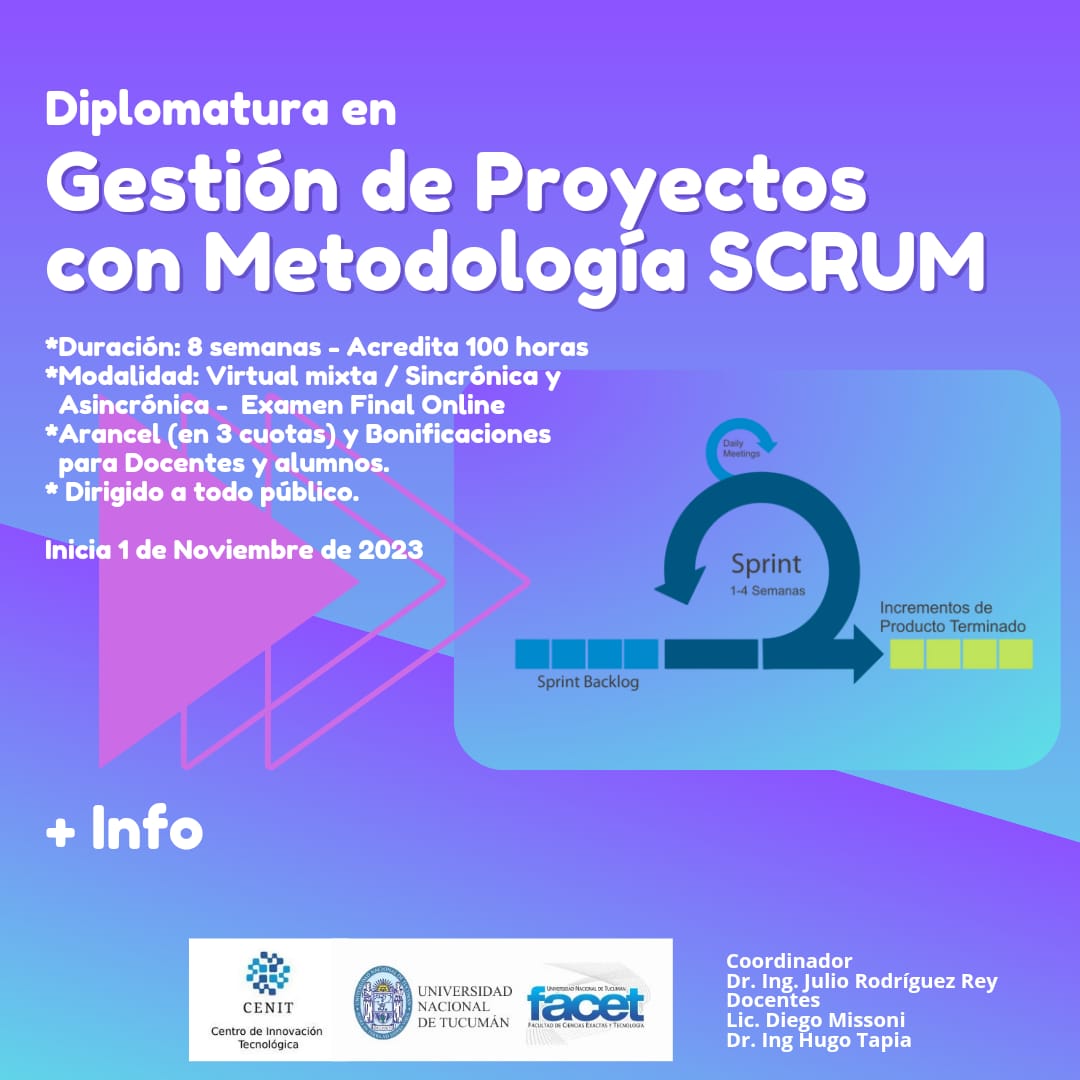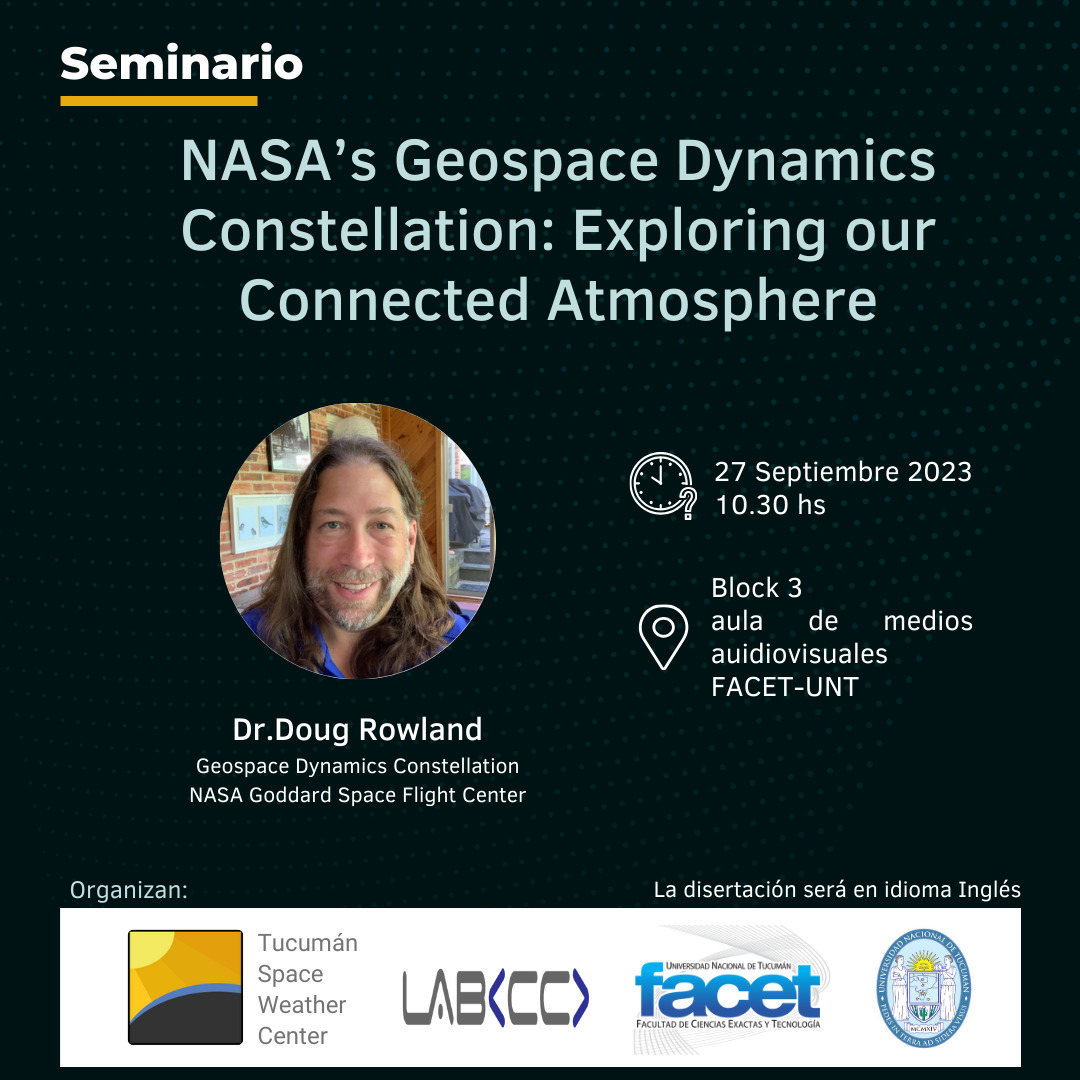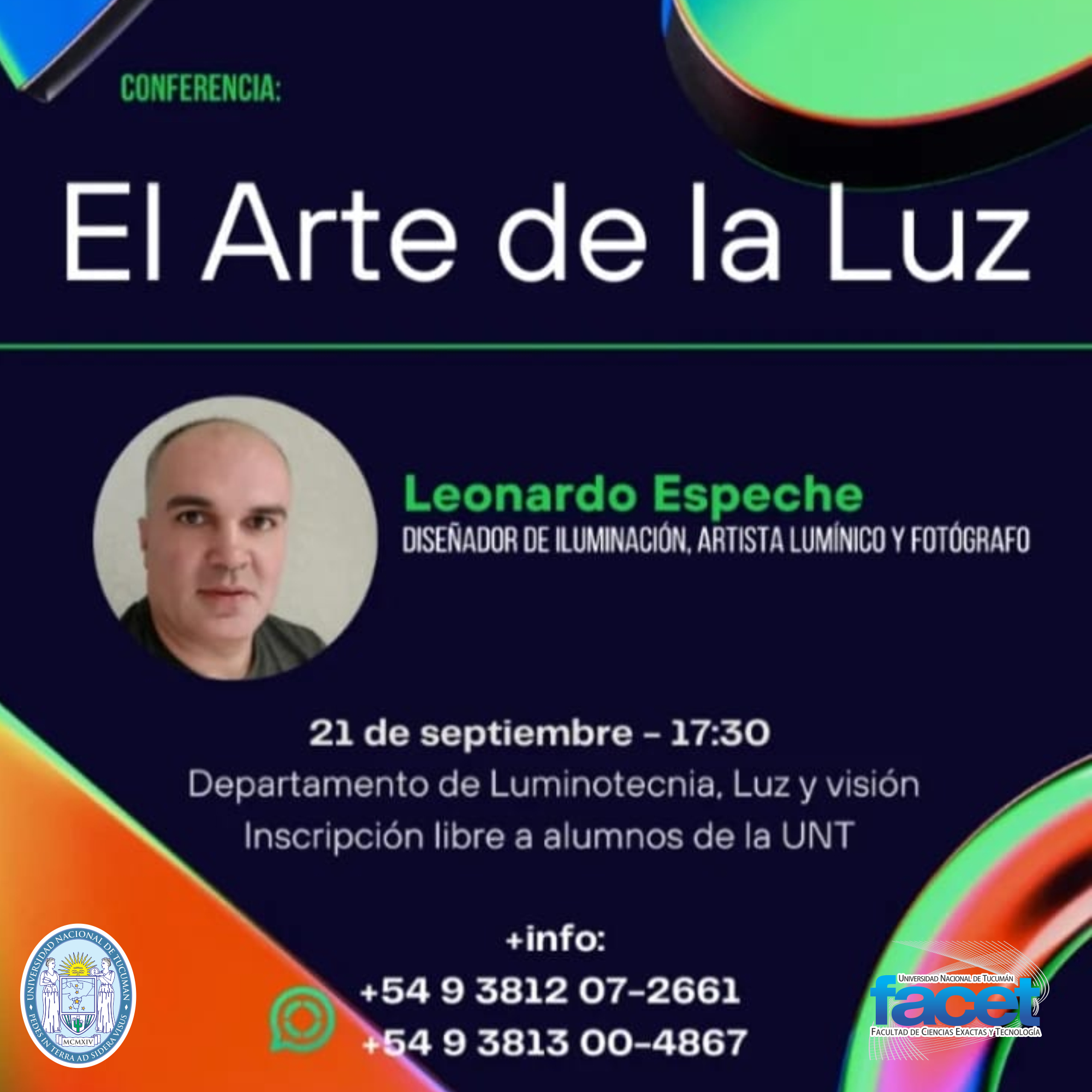El Dpto. de Ciencias de la Computación de la FACET invita a los interesados a participar del Webinar "Storage x $2", que se transmitirá el próximo jueves 26 de octubre, a las 19:00 hs, a través de la plataforma YouTube de la FACET.
El encuentro, libre y gratuito, estará a cargo del Ingeniero Marcelo Más Valdecantos, y se realiza en el marco del Ciclo de Webinars Conviviendo con el cambio - 2023.
En esta oportunidad el webinar abordará temas relacionados a la gestión de almacenamiento:
- Breve introducción a la virtualización del almacenamiento.
- Presentación de una solución de virtualización open-source.
- Comparación con otros productos.
- Breve tutorial de instalación y demostración de funcionamiento.
Link de transmisión: https://www.youtube.com/watch?v=ybrE4u1xEtk












